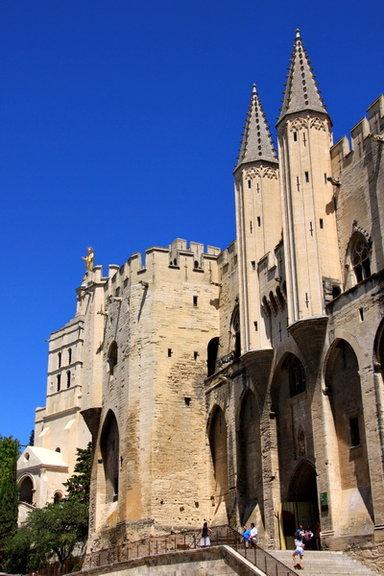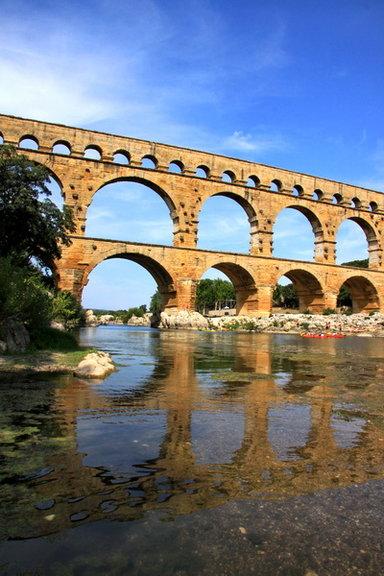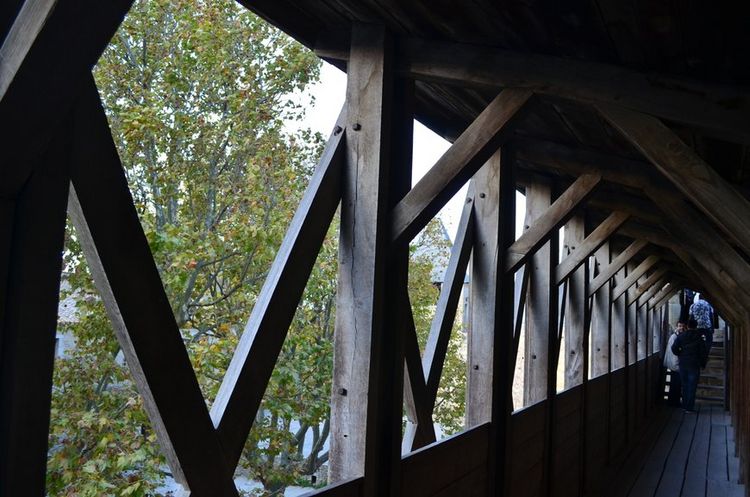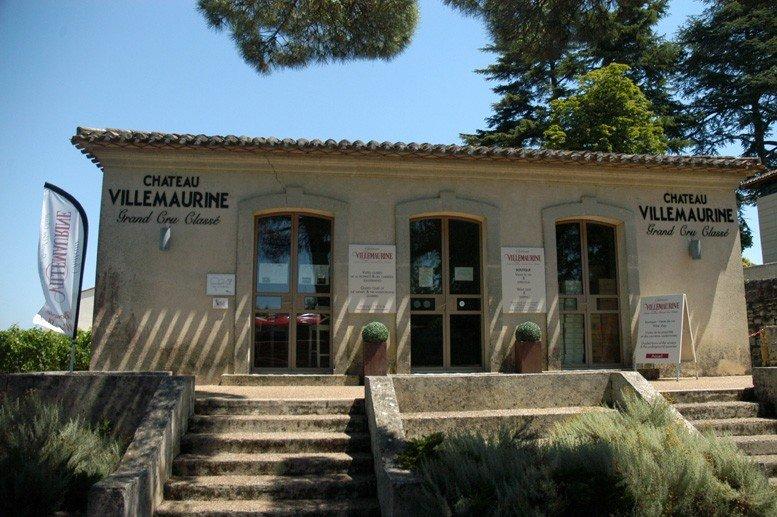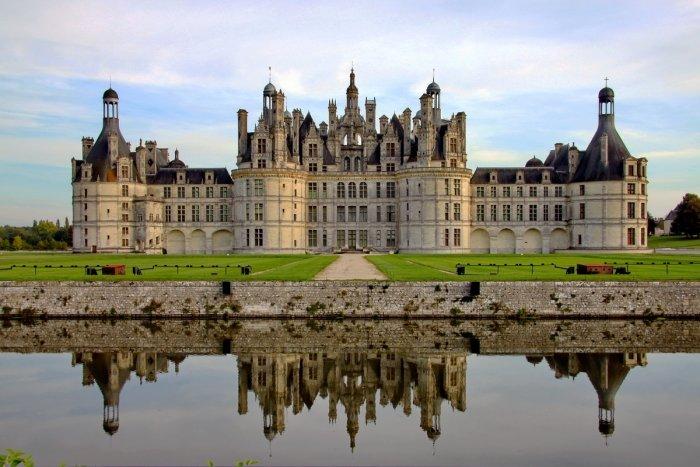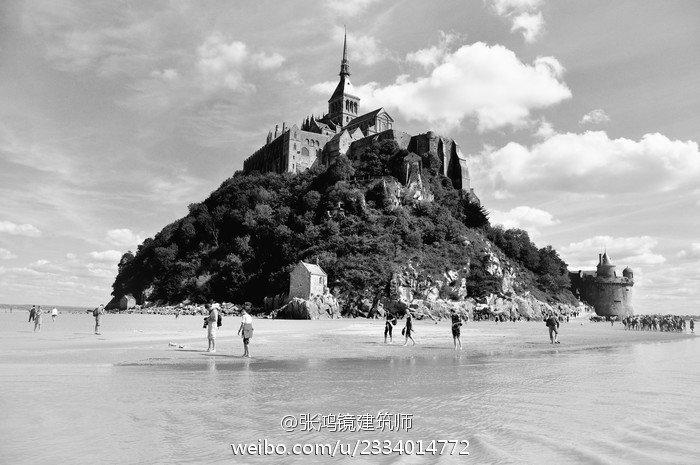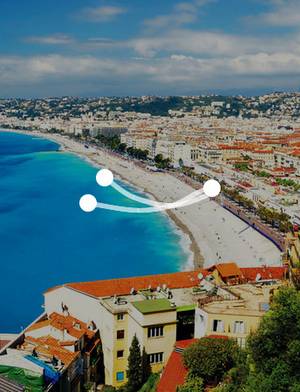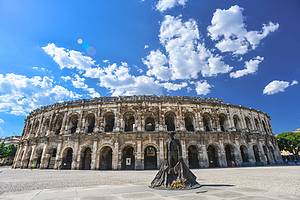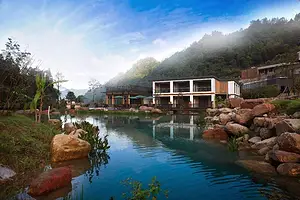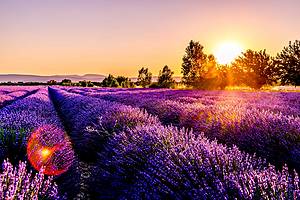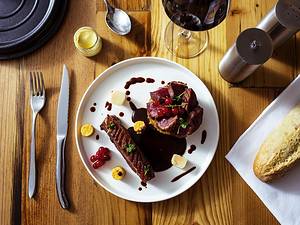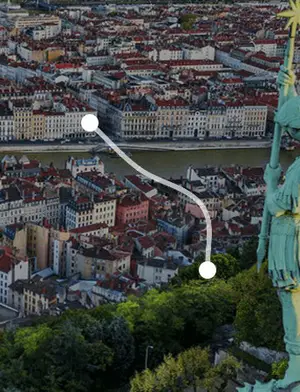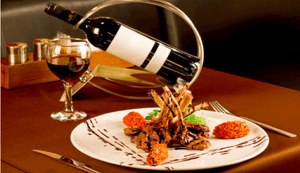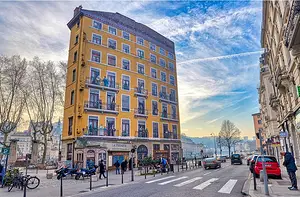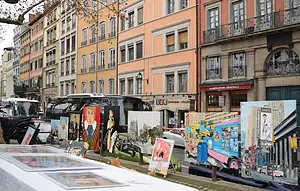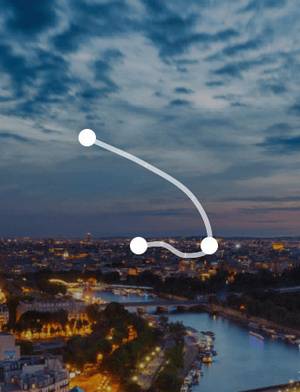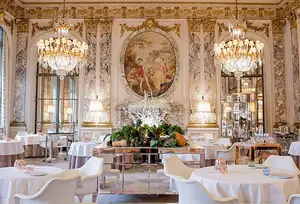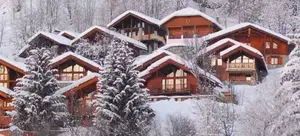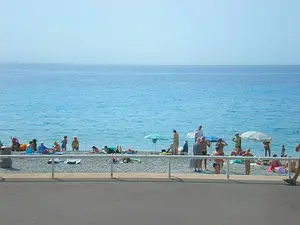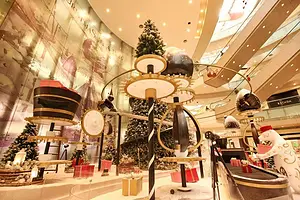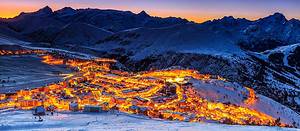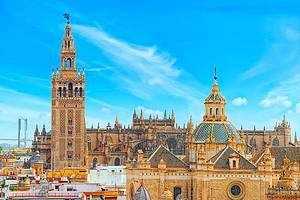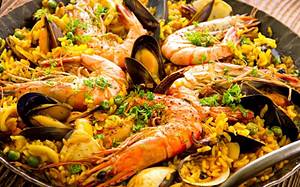7-day self-driving tour of World Heritage Sites in France
9 cities |
11 attraction(s) |
total distance 163
km
 TIPS
TIPS
Day1
Day2
Day3
Day4
Day5
Day6
Day7
Day1: Arles > Provence
2 attraction(s) ·
91 km
1
The Arles Arena is the most prominent landmark in the small town of Arles. It is a Roman-era circular amphitheater built around 40 BC. It measures 136 meters in length and 107 meters in width, and can accommodate over 26,000 spectators.
91
km
2
Rocamadour, also known as Gold or Gaud village, is a small town in Provence, France, located on the southern ridge of the Vaucluse mountains at an altitude of 370 meters, with a permanent population of about 2000 people. The medieval architecture is the most significant feature of Rocamadour, with the entire town's buildings made from granite accumulated from the mountains, resembling a house in the sky. The special geographical location and unique architectural style give Rocamadour a distinctive charm, attracting countless tourists for sightseeing. In addition to ancient buildings such as castles, churches, and staircases, the blooming flowers around also bring tranquility and vitality to this small town. If you head north from Rocamadour for 2 kilometers, you can reach the famous Sénanque Abbey. Although the lavender fields here are not large, the entire valley landscape is referred to as 'one of the most beautiful valleys in France'. The above content is referenced from Wikipedia, with images by Luc Viatour.
Day2: Avignon > Nimes
3 attraction(s) ·
28 km
1
The Papal Palace is an ancient palace located in the southern French city of Avignon. It is the largest and most important Gothic architecture of the Middle Ages in Europe. The Papal Palace is not only the palace of the pope, but also a fortress. In the 14th century, the Papal Palace in Avignon was the seat of the Catholic Church.
1
km
2
Piazza in front of the Papal Palace, sometimes there are performances, very lively, don't miss the surrounding shops, there are many cheap delicacies to taste.
28
km
3
The Pont du Gard is a three-tiered stone arch bridge located in the Gard department in southern France. It was built during the Roman Empire as an elevated aqueduct to supply water to Nîmes and distribute it to public baths, fountains, and private residences. The bridge, with a height of approximately 50 meters and a length of 275 meters at its longest point, is a masterpiece of engineering and Roman architecture. It has made significant contributions to the Roman civilization and sanitary living conditions. The Pont du Gard is included in the UNESCO World Heritage list and is considered one of the best-preserved and most impressive Roman aqueduct bridges, with a history of over 2000 years.
Day3: Carcassonne
1 attraction(s) ·
0 km
1
The splendor of Carcassonne.
In the 4th century AD, the city walls of Carcassonne were built, and the magnificent ruins can still be seen today in two-thirds of the inner walls.
The impressive Carcassonne Castle (Château de Carcassonne) was built on the western side of this early fortress city. The castle was constructed by the Trencavel viscounts in the 12th century, and a century later, it was expanded and surrounded by a ring of walls.
During the Crusades against the Albigensians, Carcassonne was captured by Simon de Montfort and later incorporated into the king's jurisdiction. Throughout the 13th century, construction projects took place: an outer ring of walls was erected, and the inner walls were renovated, transforming this once-important fortress on the border of France and Aragon into an impregnable stronghold.
The 52 towers and 3 kilometers of city walls of this outstanding architectural complex have been recognized as a UNESCO World Heritage Site, restored by Viollet-le-Duc."
Day4: Bordeaux
1 attraction(s) ·
0 km
1
Saint-Emilion is a famous world heritage site and a must-visit place in Bordeaux tourism. The narrow streets are filled with charming Roman churches. Around the 2nd century AD, the Romans began planting grapes here. In the 4th century, the renowned Latin poet Ausonius praised the rich and full-bodied wines of the region. The development of Saint-Emilion wine is also indebted to a monk named Emilion, after whom the town of Saint-Emilion is named. In the 8th century, Monk Emilion arrived in Saint-Emilion and took refuge in a monastery, leading other monks to produce and trade wine in the area.
Day5: Blois
1 attraction(s) ·
0 km
1
Here, you can escape from the trivialities of everyday life and return to nature completely. Hidden in the jungle of the pristine Loire Valley region are undomesticated deer, wild boars, and the magnificent Château de Chambord, the grandest castle in all of France. Just under two hours' drive from southern Paris, it serves as the key to unlocking the door to the Loire Valley. Château de Chambord is the most magnificent and grandiose castle of the French Renaissance, a must-visit stop on the journey through the Loire Valley and a perfect blend of medieval inheritance and innovative architecture from the Italian Renaissance period. It is estimated to be the most famous of all the Loire castles, thanks to a French king and an Italian painter, François I and da Vinci. In 1516, this art-loving king invited the esteemed master da Vinci to reside in his castle, marking the beginning of the French Renaissance movement. Starting with Château de Chambord, the castles of the Loire Valley no longer had defensive functions of the medieval era. The imposing high walls disappeared, replaced by large, bright windows in Italian style. Château de Chambord encompasses proportion and harmony, grandeur and elegance, truly deserving the title of king of the Loire Valley castles. The most famous feature of Château de Chambord is the double spiral staircase in the hall, rumored to have been designed by da Vinci. Its purpose was to prevent awkward encounters between François's queen and his mistresses when they went up and down the stairs. As a hunting palace, Château de Chambord boasts numerous impressive records: 156 meters long, 56 meters tall, 77 staircases, 282 chimneys, and 426 rooms. Among all the construction materials used, the soft and delicate limestone from the Loire Valley region stands out, making it appear more naturally integrated compared to other castles. It's worth mentioning the 1000-hectare forest area surrounding Château de Chambord on the national estate, lush, tranquil, and beautiful.
Day6: Caen
1 attraction(s) ·
0 km
1
The Mont Saint-Michel Museum has four different galleries: the History Museum, the Ocean and Ecological Conservation Museum, the former residence of French Knight Commander Bertrand Duguesclin, and the Ancient Exhibition. In the museum, you can learn about how the monks of the monastery built the wonders of this world, including the introduction of the prison on Mont Saint-Michel and the influence of the tidal phenomenon.
Day7: Paris
2 attraction(s) ·
45 km
1
The Seine River is the second largest river in France, flowing through the center of Paris. It is 780 kilometers long and has a drainage area of 78,000 square kilometers. The river is constrained by artificial stone embankments in the central section of Paris, which were inscribed on the UNESCO World Heritage List in 1991. The French refer to the north bank of the Seine as the "right bank" and the south bank as the "left bank".
The Seine River in Paris is known for its numerous bridges, with the most magnificent being the Alexander III Bridge, which was a gift from Tsar Nicholas II of Russia and named after his father. Many important cultural and historical landmarks in France are located along the banks of the Seine, such as the Louvre Museum, Les Invalides, the Pantheon, the Orsay Museum, the Palace of Versailles, the Eiffel Tower, and the Arc de Triomphe. The Seine River has also nurtured many world-renowned cultural figures and is considered the mother river of Paris, a city known for its rich cultural heritage.
45
km


